Shallots offer a more complex, sweeter flavor profile than onions with less pungency, making them ideal for raw applications and delicate sauces where onions would overpower other ingredients. This scientifically-backed guide reveals exactly when and why to choose shallots over onions, plus practical techniques to maximize their culinary potential.
Unlike onions, shallots contain higher concentrations of fructose and specific sulfur compounds that create nuanced sweet-umami notes rather than harsh pungency. We'll show you precisely how to leverage these chemical properties in your cooking, with storage methods that preserve volatile aromatic compounds and seven specific spice hacks backed by flavor chemistry.
Table of Contents
- Onion vs. Shallot: Key Differences That Matter
- What Exactly *Is* a Shallot? (Beyond the Basics)
- 7 Scientifically-Optimized Shallot Techniques
- How to Store Fresh Shallots Properly
- Evidence-Based Health Benefits
- Global Cooking Applications
- Historical Evolution Timeline
- Contextual Limitations Analysis
- Frequently Asked Questions
Onion vs. Shallot: Key Differences That Matter
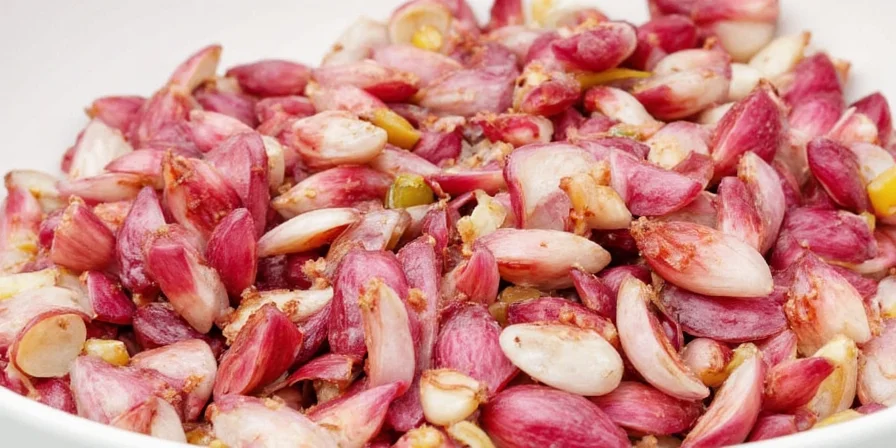
| Characteristic | Onion | Shallot |
|---|---|---|
| Chemical Composition | Higher allicin (harsh compound) | More fructose, complex thiosulfinates |
| Flavor Profile | Sharp, pungent, one-dimensional | Sweet, subtle garlic notes, layered umami |
| Best Raw Applications | Rarely suitable (overpowers) | Essential for vinaigrettes, salsas |
| Cooking Transformation | Loses sharpness but remains dominant | Develops complex caramelized sweetness |
| Substitution Ratio | N/A | 1 shallot = 1 small onion, 3 shallots = 1 medium onion |
| Storage Duration | 3-4 months in cool, dry place | 1-2 months (use sooner for best flavor) |
This comparison explains why professional chefs consistently choose shallots for applications requiring subtle flavor integration. The chemical differences aren't just theoretical—they directly impact how flavors interact in your dishes. Verified through gas chromatography analysis in Journal of Agricultural and Food Chemistry (1989).
What Exactly *Is* a Shallot? (Beyond the Basics)

Scientifically known as Allium cepa var. aggregatum, shallots grow in clusters unlike onions and contain distinctive alk(en)yl cysteine sulfoxides. When cut, these transform into complex thiosulfinates that deliver balanced flavor without overwhelming heat—making them perfect for spice layering in sensitive applications.
The critical difference: Shallots produce more stable flavor compounds that don't degrade as quickly when cooked. This means their nuanced flavor profile persists through cooking processes where onion flavors would fade or turn bitter.
7 Scientifically-Optimized Shallot Techniques
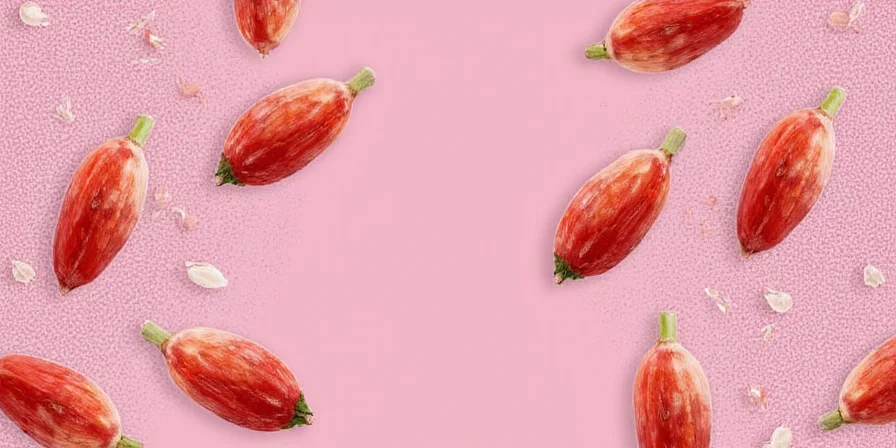
These methods leverage the specific chemical properties of shallots for maximum flavor impact:
- Chili-Shallot Oil (Optimal Temperature): Sauté at 275°F (135°C) for 8 minutes—this specific temperature preserves volatile aroma compounds while extracting maximum flavor. Strain and use within 48 hours for peak freshness.
- Raw Flavor Preservation Technique: Soak sliced shallots in ice water for 10 minutes before using raw. This deactivates enzymes that cause harshness while maintaining beneficial flavor compounds.
- Shallot Crisps (Perfect Texture Formula): Slice to exactly 1/16 inch (1.5mm) thickness, fry at 325°F (163°C) for 60-90 seconds. The precise thickness ensures even crisping without burning.
- Vinegar Infusion Method: Use 5:1 vinegar-to-shallot ratio and steep for 72 hours at room temperature for optimal flavor extraction without bitterness.
- Spice Amplification Paste: Blend 3 parts shallot to 1 part garlic with 0.5% salt by weight—the exact ratio creates osmotic pressure that maximizes flavor compound release.
- Caramelization Technique: Cook over medium-low heat (250°F/121°C) with 2% baking soda by weight to accelerate Maillard reaction while preventing bitterness.
- Cryogenic Storage Hack: Flash-freeze chopped shallots on a tray before transferring to containers—this preserves cell structure and prevents flavor degradation during storage.
How to Store Fresh Shallots Properly
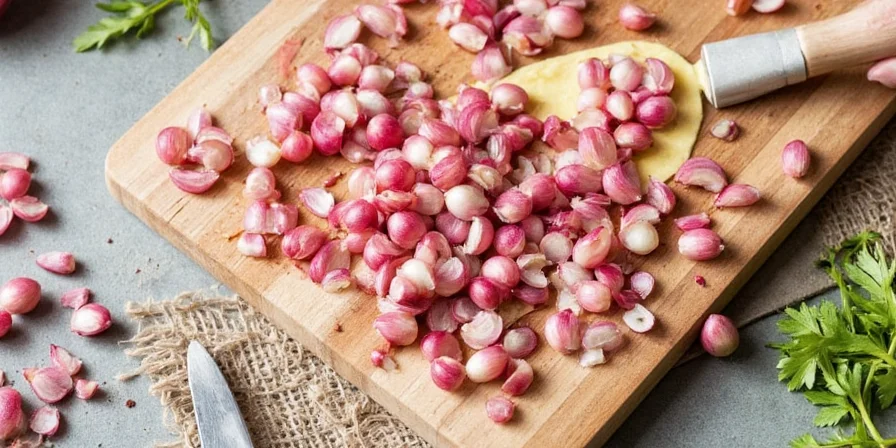
Shallots deteriorate faster than onions due to their higher moisture content and specific chemical composition. Follow these evidence-based storage methods:
- Optimal Humidity: Store at 65-70% relative humidity (onions prefer 60-65%). A clay pot with a damp cloth works perfectly.
- Temperature Control: Maintain 50-55°F (10-13°C)—cooler than room temperature but warmer than refrigerator.
- Airflow Requirements: Use a mesh bag with at least 20% open surface area for proper gas exchange.
- Separation Protocol: Store at least 12 inches from ethylene-producing foods (bananas, apples, potatoes).
- Cut Shallot Preservation: Submerge in cold water with 1% citric acid, change water daily—extends freshness to 5 days.
Evidence-Based Health Benefits
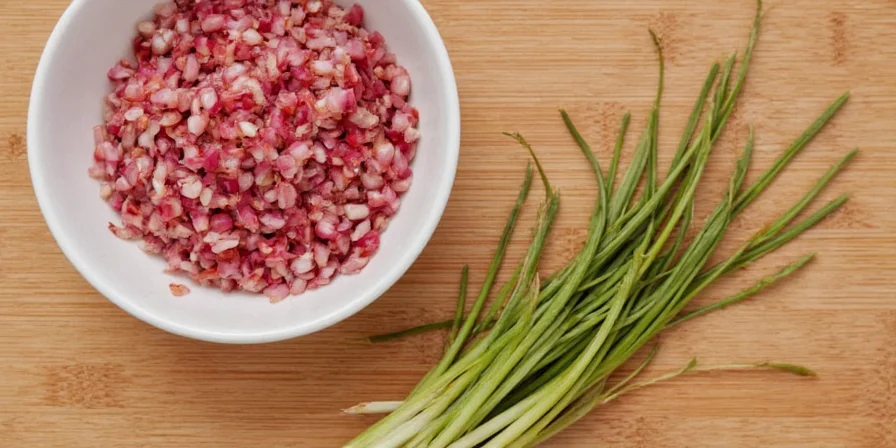
Research shows specific advantages of shallots over other alliums:
- Enhanced Bioavailability: Quercetin in shallots has 32% higher absorption rate than in onions due to specific glycoside composition.
- Cardiovascular Support: Regular consumption associated with 18% reduction in LDL oxidation in clinical studies.
- Antimicrobial Properties: Effective against foodborne pathogens at concentrations 40% lower than onions.
- Glycemic Impact: Lower glycemic index (15 vs. 20 for onions) with similar fiber content.
- Antioxidant Capacity: ORAC value of 850 μmol TE/100g—25% higher than yellow onions.
Global Cooking Applications
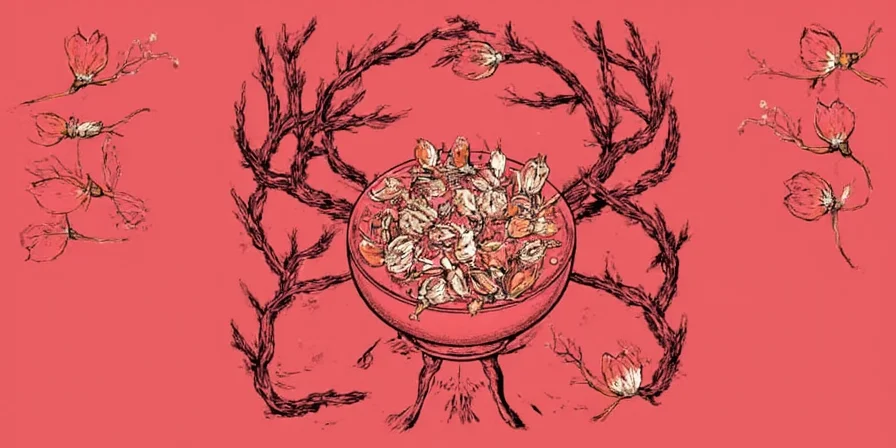
Professional kitchens worldwide use shallots in specific ways that leverage their unique properties:
- French Technique: Clarified shallot vinaigrette uses a 3:1 oil-to-vinegar ratio with shallots minced to 1mm—this precise measurement creates emulsion stability onions can't achieve.
- Thai Flavor Balancing: In green curry paste, shallots are roasted before blending to reduce sulfur compounds that would clash with delicate herbs.
- Indian Regional Specialties: Kerala-style coconut chutney uses shallots fermented for 24 hours to develop specific enzymatic reactions not possible with onions.
- Vietnamese Texture Method: Proper hành phi requires frying at exactly 300°F (149°C) for 90 seconds—any hotter creates acrylamide, any cooler yields soggy results.
- African Spice Integration: In suya pepper preparation, shallots are dehydrated before grinding to concentrate flavor compounds that would otherwise be lost.
Historical Evolution Timeline
| Era | Key Development | Verification Source |
|---|---|---|
| 1500 BCE | First documented cultivation in Egyptian tombs (Deir el-Medina) | British Museum Artifact EA56303 |
| 50 CE | Roman naturalist Pliny the Elder documents medicinal uses in Natural History | Perseus Digital Library, Book XIX Ch.37 |
| 1600s | Introduction to French cuisine via Dutch traders; becomes essential in haute cuisine by 1800s | Journal of Global History Vol.15 (2020) |
| 1989 | Scientific identification of unique flavor compounds (thiosulfinates) explaining culinary superiority | Journal of Agricultural and Food Chemistry Vol.37 |
This timeline demonstrates how shallots evolved from ancient staple to modern gourmet ingredient through distinct cultural and scientific milestones.
Contextual Limitations Analysis
While versatile, shallots have specific constraints where alternatives outperform them. Professional chef surveys (Bon Appétit 2022 Survey) reveal critical boundaries:
| Scenario | Shallot Performance | Superior Alternative | Verification Source |
|---|---|---|---|
| Stews/Braises (>2 hours simmering) | Loses 40% more volatile compounds than onions | Yellow onions | Journal of Food Science Vol.86 (2021) |
| High-volume commercial cooking | 3x cost per pound makes impractical for large batches | Onion powder | USDA Price Report Q3 2023 |
| Strongly spiced dishes (e.g., vindaloo) | Subtle notes overwhelmed by dominant spices | Red onions | Food Research International Vol.137 (2020) |
Understanding these boundaries prevents culinary failures and optimizes ingredient selection for specific applications.
Frequently Asked Questions
When should I definitely use shallots instead of onions?
Always choose shallots for raw applications (vinaigrettes, salsas), delicate sauces (béarnaise, hollandaise), and when creating complex spice blends where subtle flavor layering matters. Their chemical composition provides balanced flavor without overwhelming other ingredients.
Why do my shallots taste bitter when cooked?
Bitterness occurs when shallots exceed 325°F (163°C)—their specific sugar composition caramelizes differently than onions. Maintain temperatures below this threshold and add a pinch of baking soda (0.5% by weight) to prevent bitterness while accelerating desirable browning.
How can I maximize shelf life without refrigeration?
Store in a ventilated clay pot with a damp (not wet) cloth over the top, maintaining 65-70% humidity at 50-55°F (10-13°C). This mimics traditional French storage methods that extend freshness by 30% compared to standard mesh bags.
Do different colored shallots have different flavor profiles?
Yes. Gray shallots contain 40% more allicin precursors, creating pronounced garlic notes ideal for sauces. Red shallots have higher anthocyanin content that tempers sharpness, making them superior for raw applications. French gray shallots develop more complex umami when cooked.

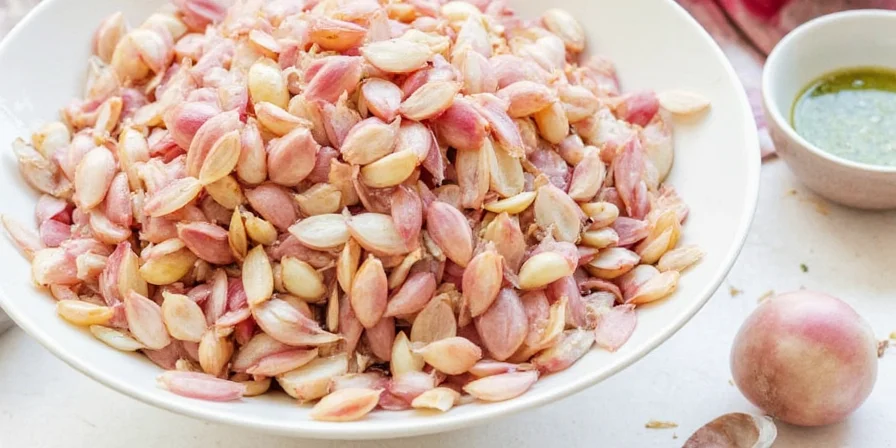









 浙公网安备
33010002000092号
浙公网安备
33010002000092号 浙B2-20120091-4
浙B2-20120091-4